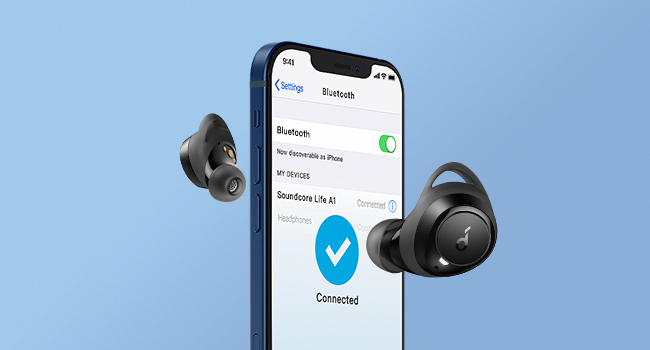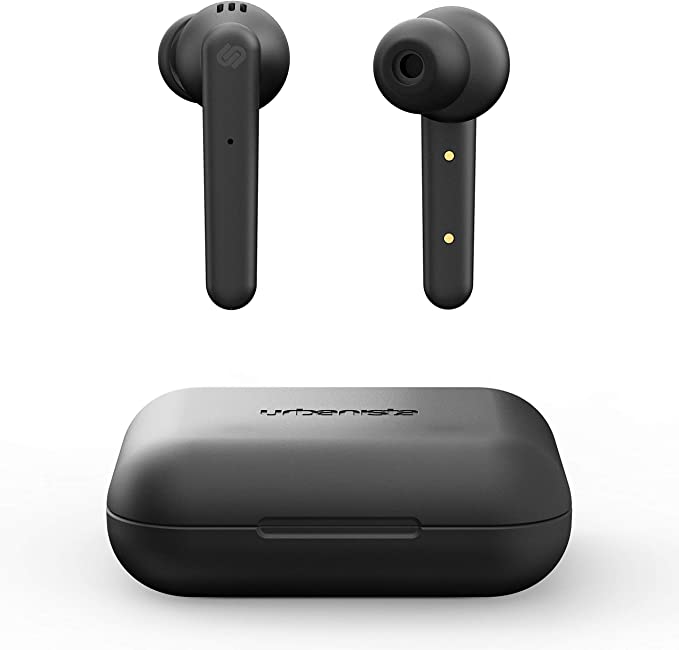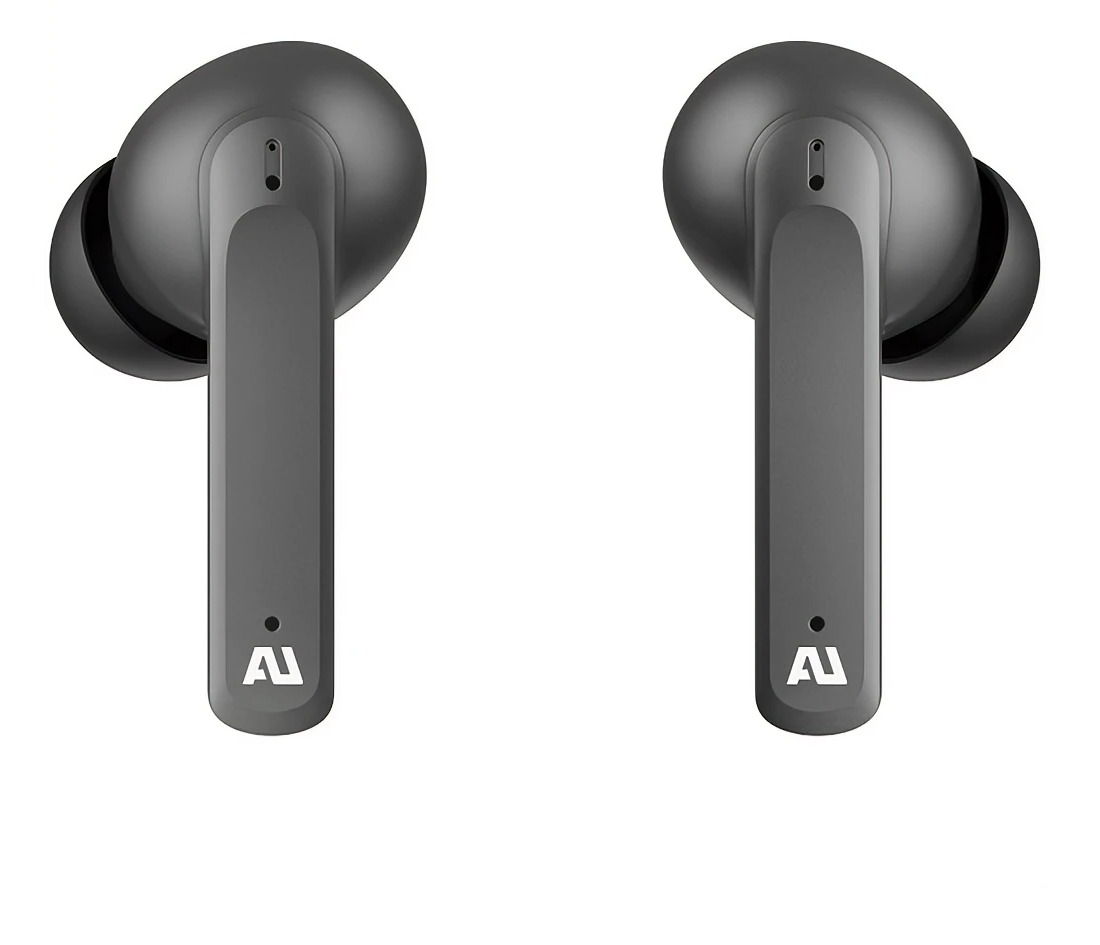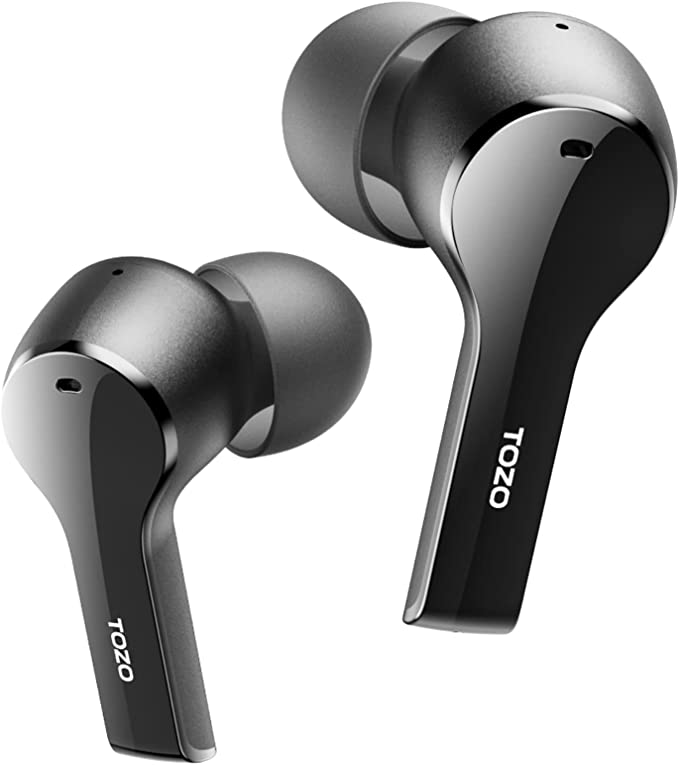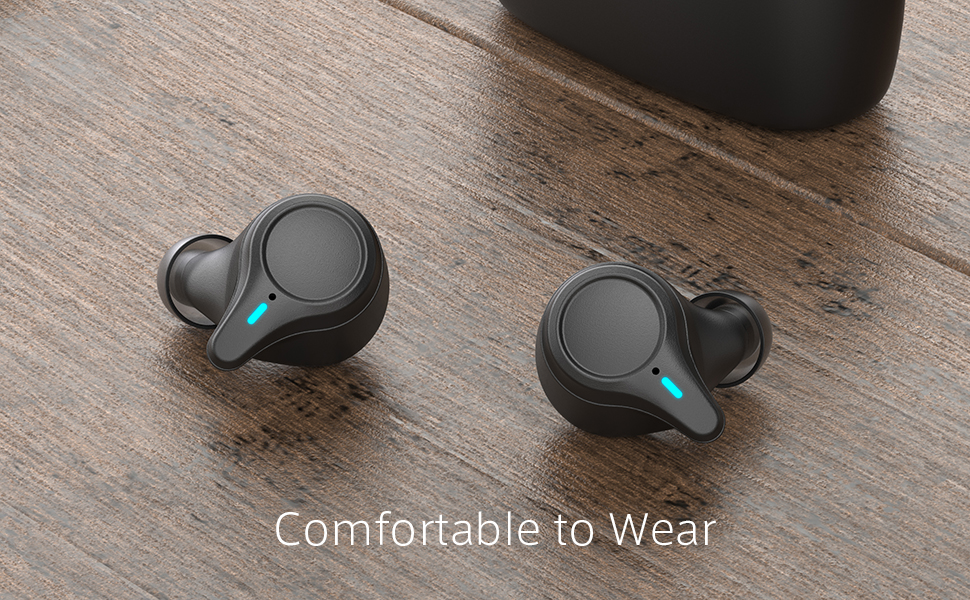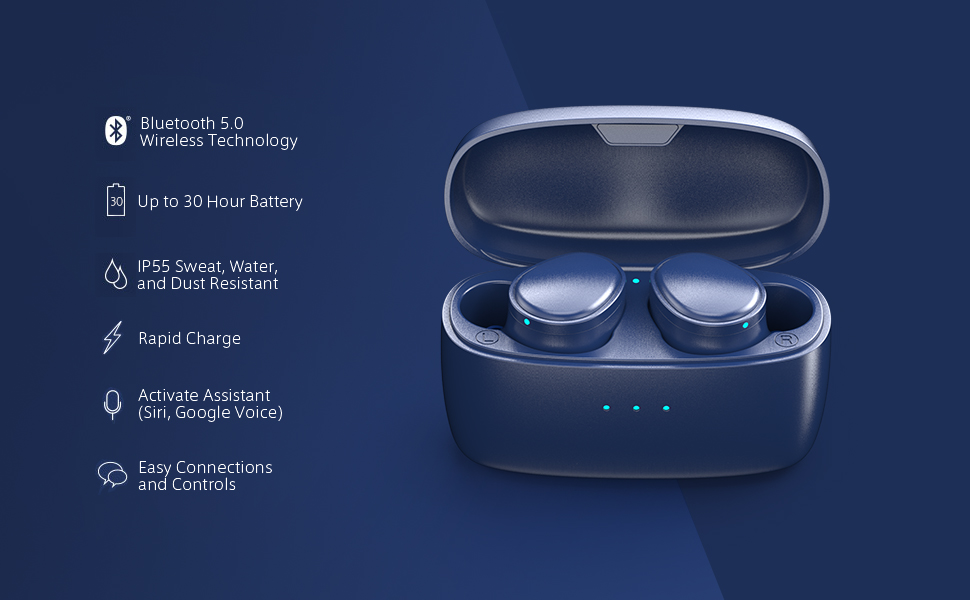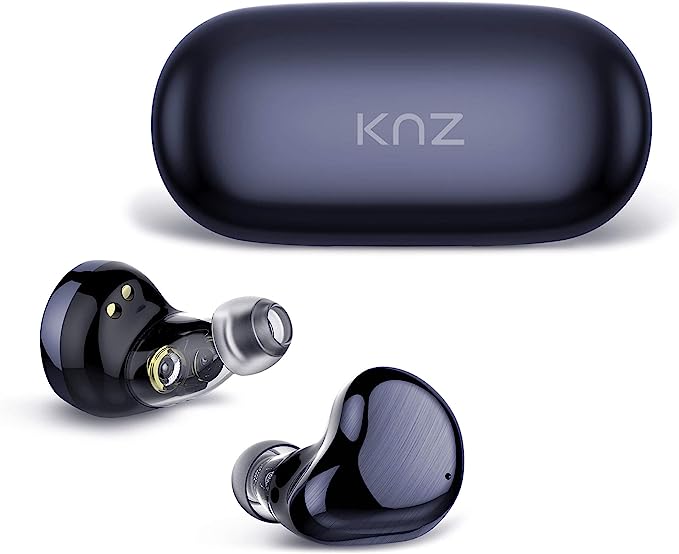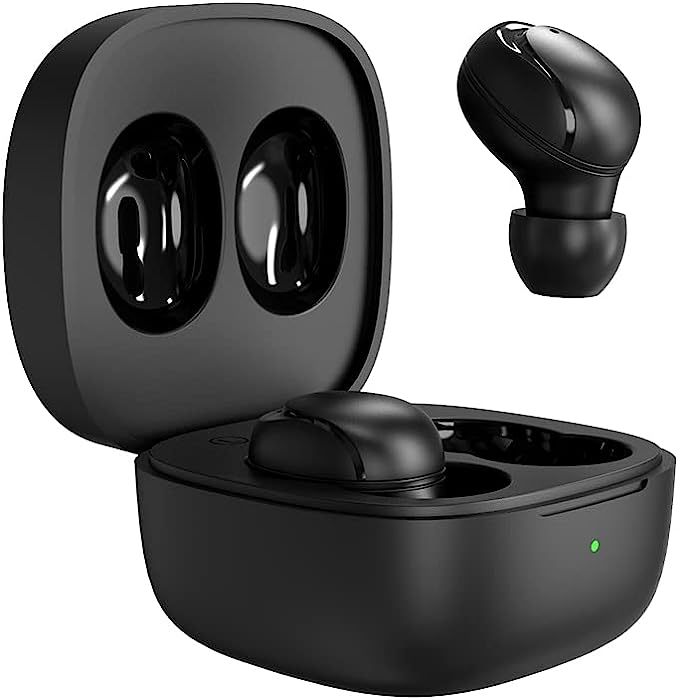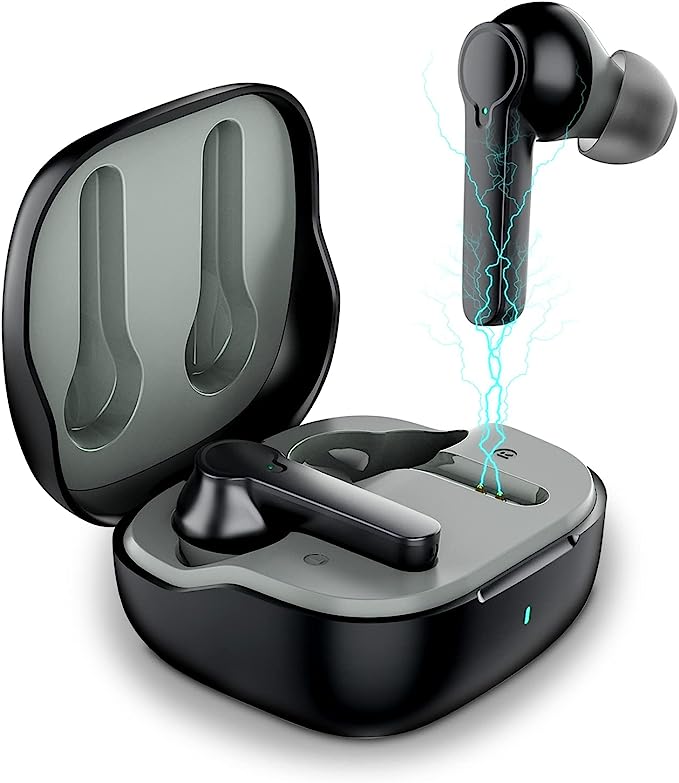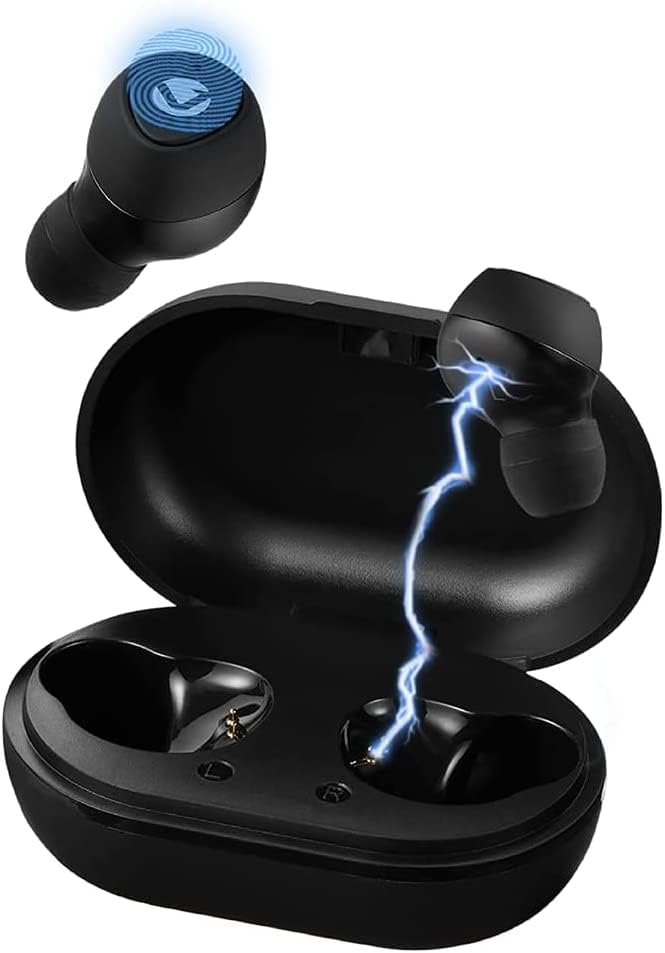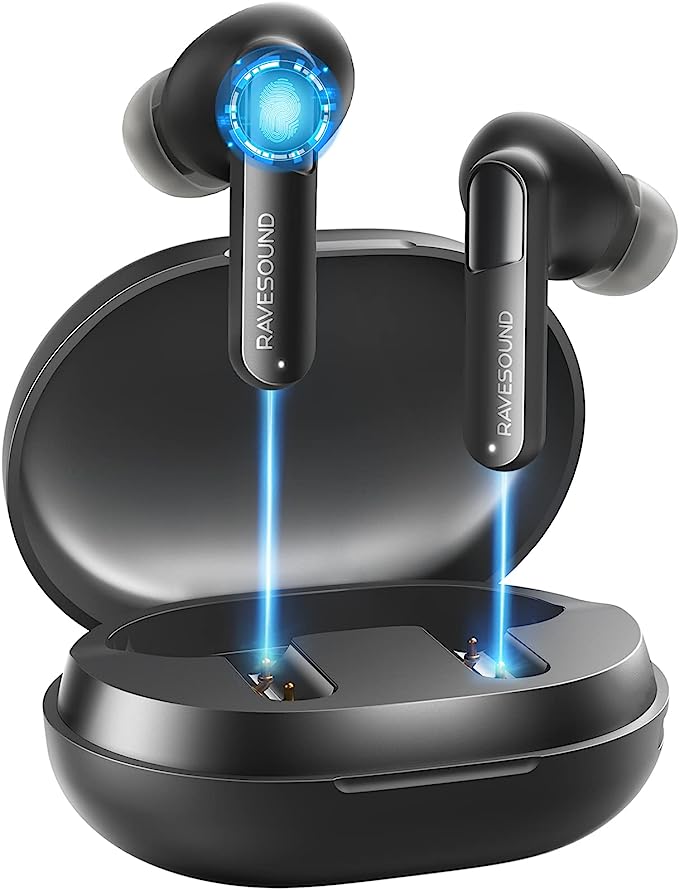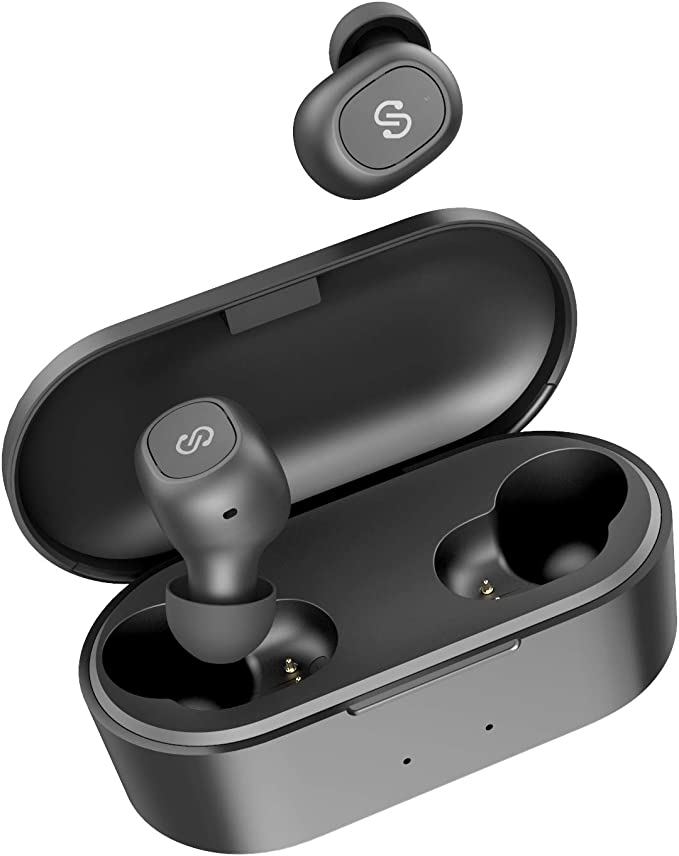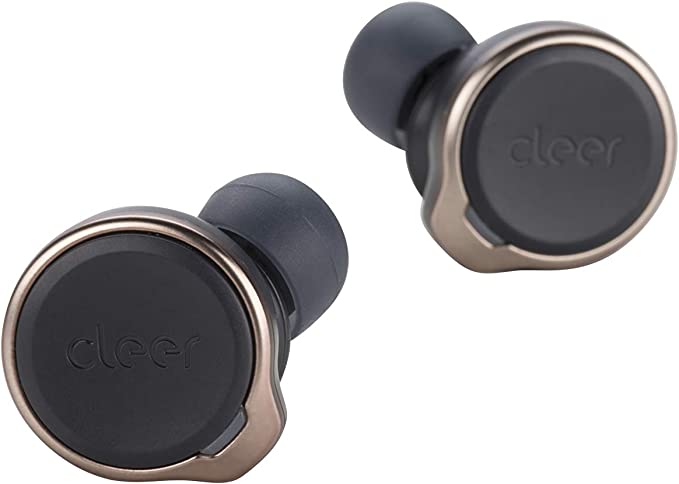Bang & Olufsen Beoplay E8 2.0 Motion Wireless Earphones: True Wireless Earbuds with Signature Sound
Update on June 29, 2025, 4 p.m.
The dream of true wireless audio is one of effortless freedom. A clean, untethered connection between you and your music. Yet, for many, the reality has been a series of unspoken compromises: the jarring audio dropout in one ear just as the best part of a song begins, the constant, nervous push to keep an earbud from falling out during a run, and a sound that often feels thin and distant. These aren’t just minor annoyances; they are fundamental physics problems. So, when a product like the Bang & Olufsen Beoplay E8 2.0 Motion arrives, the interesting question isn’t just about its polished aluminum and leather case. It’s about how its engineers tackled these core challenges, not with marketing, but with clever applications of science.

Taming the Chaos: The Secret of the Unseen Connection
One of the most persistent gremlins of the true wireless world is the unstable connection between the two separate earbuds. The primary link, from your phone to the earbuds, is handled by Bluetooth. But how does the sound get from the master earbud (typically the right one) to the slave on the other side of your head? Sending another Bluetooth signal is the common method, but it has a significant flaw: the 2.4 GHz radio waves used by Bluetooth are surprisingly poor at traveling through water, and the human head is, acoustically speaking, a dense, water-filled obstacle. This is why a simple turn of the head can cause the signal to drop.
The Beoplay E8 2.0 Motion employs a more elegant and robust solution, one borrowed from the demanding world of medical hearing aids: Near-Field Magnetic Induction (NFMI). Think of it this way: Bluetooth is like trying to shout instructions to a friend across a crowded, noisy room. Interference is high, and messages can get lost. NFMI, on the other hand, is like passing a secret, handwritten note directly to them. It generates a low-power, tightly-contained magnetic field that loops from one earbud to the other, passing through your head with negligible signal loss. This “invisible wire” creates a far more stable and perfectly synchronized stereo image. This choice does mean the system uses a master-slave architecture—you can use the right earbud independently, but not the left—which is a direct characteristic of this reliable engineering approach.

The Anchor and The Embrace: The Physics of a Rock-Solid Fit
For an earphone branded “Motion,” staying in place isn’t a feature; it’s the prime directive. The forces of gravity, momentum, and the slickness of sweat are all conspiring to dislodge it. The E8 2.0 Motion’s defense is a two-part system rooted in biomechanics and materials science: a mechanical anchor and a form-fitting embrace.
First is The Anchor: the detachable silicone ear fins. These small wings are not just for show. They are ergonomically designed to tuck into the concha, the bowl-shaped cavity of your outer ear. From a mechanical standpoint, they act as stabilizing levers. When you’re running, any rotational force that would normally cause the earbud to loosen is counteracted by the fin pressing against the stable cartilage of your ear, effectively locking it in place.
Complementing this is The Embrace, provided by the included Comply™ Sport Pro tips. These are not just simple pieces of foam. They are crafted from a sophisticated viscoelastic polymer, a material that exhibits properties of both a liquid and a solid. When you compress the tip and insert it into your ear canal, your own body heat acts as a catalyst, softening the polymer and allowing it to slowly expand. It doesn’t just block the canal; it flows to fill every unique contour, creating a gentle but high-friction seal. This custom fit not only prevents slippage but also provides exceptional passive noise isolation—a physical barrier that blocks a significant amount of external sound, allowing you to hear your music with greater clarity at lower, safer volumes.
The Soul of the Sound: Engineering an Authentic Experience
Excellent sound quality in a tiny, battery-powered device is a monumental engineering challenge. The “Bang & Olufsen Signature Sound” is the result of deliberate choices aimed at efficiency and authenticity. The specified 16-Ohm impedance is a key part of this. Ohm’s law in physics tells us the relationship between voltage, current, and resistance. For a low-voltage source like a smartphone battery, a lower impedance earbud is easier to “drive,” meaning it can produce a robust sound level without demanding excessive power. This translates to better energy efficiency and preserves the precious battery life.
This efficient driver is then given a pristine canvas on which to perform, thanks to the aforementioned passive isolation. By physically blocking out the world, the signal-to-noise ratio is dramatically improved. You hear the subtleties—the breath of a vocalist, the decay of a reverb tail—not because they are artificially boosted, but because the sonic clutter of the outside world has been muted. The final touch is applied by the onboard Digital Signal Processor (DSP). This tiny chip acts as a highly sophisticated, real-time audio engineer, applying final equalization and tuning to ensure the sound that reaches your ears is balanced, rich, and true to the artist’s intent.

The Luxury of Forgetting
Ultimately, the Bang & Olufsen Beoplay E8 2.0 Motion makes a compelling argument that true luxury in technology is not merely about the premium materials you can see and touch. It’s about the depth of engineering you can’t see. It’s in the quiet reliability of a magnetic field passing through you, the subtle mechanical leverage of a perfectly placed fin, and the smart physics of a heat-activated polymer. It is the culmination of these thoughtful, scientific solutions that allows the technology to fade into the background, leaving you with nothing but a seamless, immersive, and profoundly personal listening experience. The best technology, after all, is the technology you can forget is even there.
